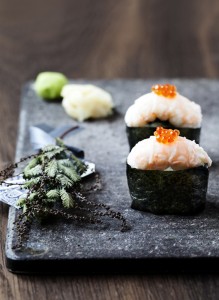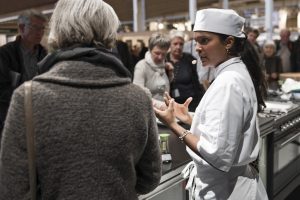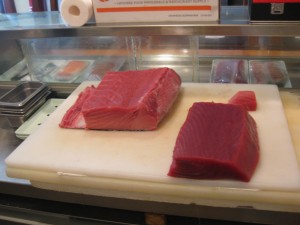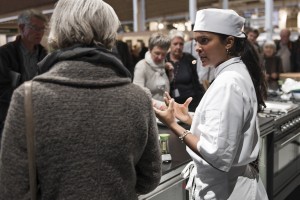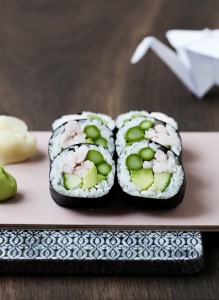No, fish from the supermarket should not be used for sushi.
Sushi is a dish where the fish is eaten raw. It is very important that fish is as fresh as possible to prevent you from getting sick.
The problem with fish from a supermarket is that they have to meet a number of criteria before they can be used for sushi.
You do not know where in the world the fish have been caught.
You also do not know if the fish meets the criteria required for it to be used for sushi.
You also do not know when the fish was caught.
You also do not know how long the fish has been on its way to a supermarket.
You also do not know how long fish has been stored at a supermarket before it is filleted.
Fish from a supermarket is packed in such a way that it is only suitable to be prepared for a warm meal.
Read more about Sushi course for beginners
_
Zoë has lectured and held sushi courses for A. P. Moller – Maersk, Hugo Boss Nordic, Novo Nordisk, Novartis, Velux, Gorrissen Federspiel, Beierholm revision, Elbek & Vejrup and many more.


